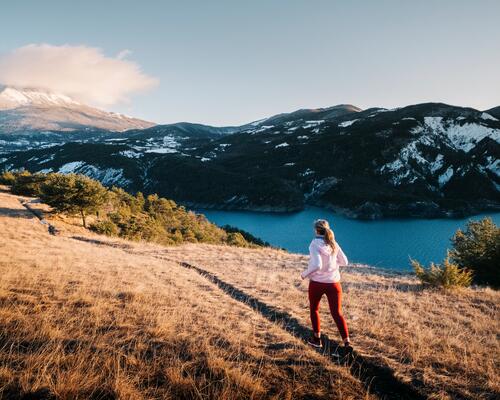How are scores established?
Each year, a questionnaire is sent out for each of the three themes (climate, forest, water).
The method is used to assess the level of detail of the responses, as well as the company's awareness of environmental issues, its methods, strategies and progress.
Companies that respond are assessed and graded with the grades ranging from A to D. Companies that do not respond are given an F by default.
To obtain an A grade, the company must demonstrate leadership (good practice in terms of strategy and action) in environmental matters.
It must also undertake other actions: creating a climate transition plan, auditing its value chain, validating SBTi commitments (in the shortterm and net zero in the longer term, developing water risk assessment strategies or reporting on the impact of deforestation for all operations, supply chains and commodities concerned, etc.).
The B grade corresponds to environmental management. In other words, companies take into account their impact on the environment and show signs of managing this impact. They are therefore taking action, without being leaders.
A C grade indicates a commitment to raising awareness.
A D grade is the starting point for organizations wishing to demonstrate that they have begun their environmental journey.
.jpg?format=auto)

.jpg?format=auto)





